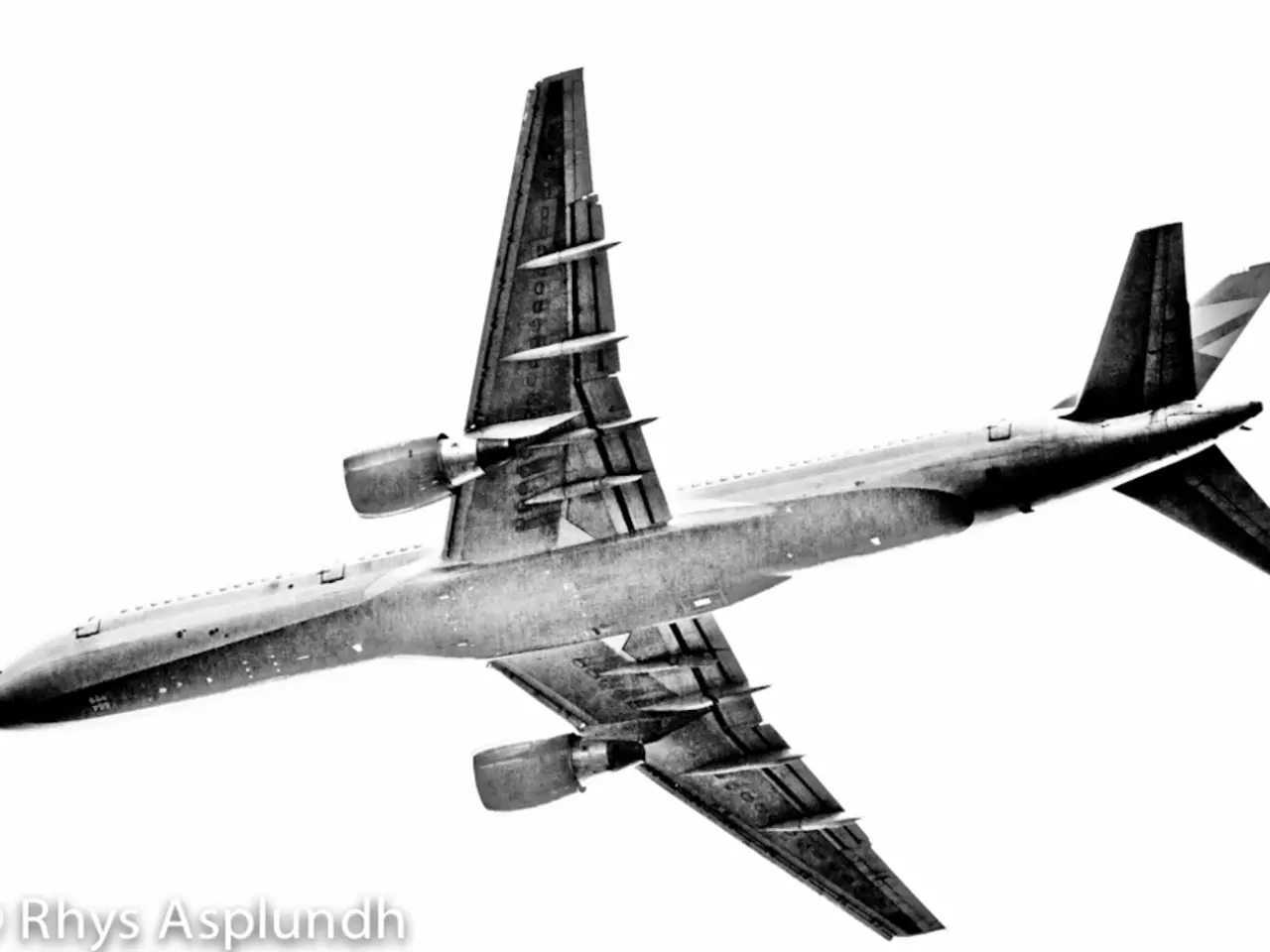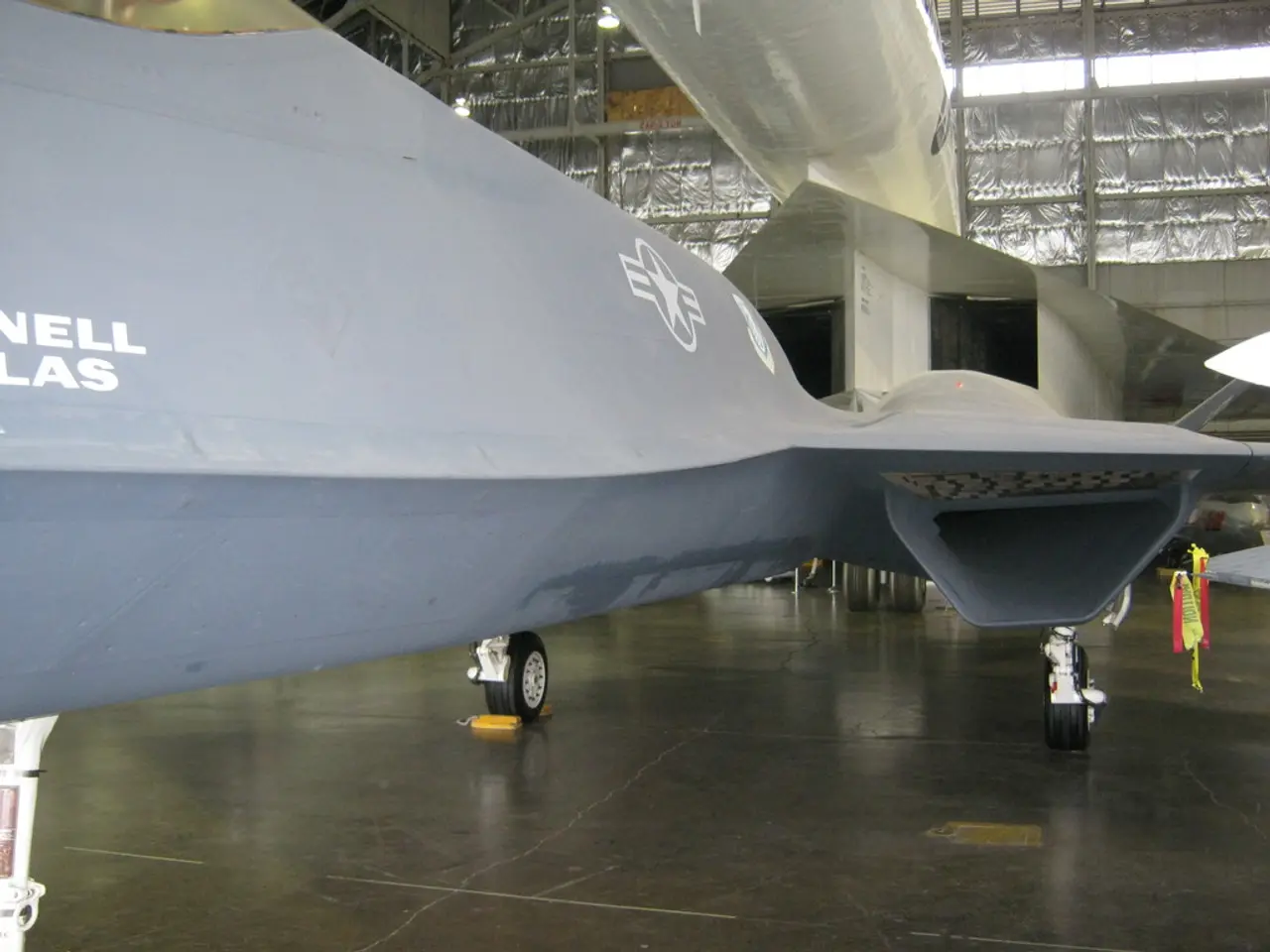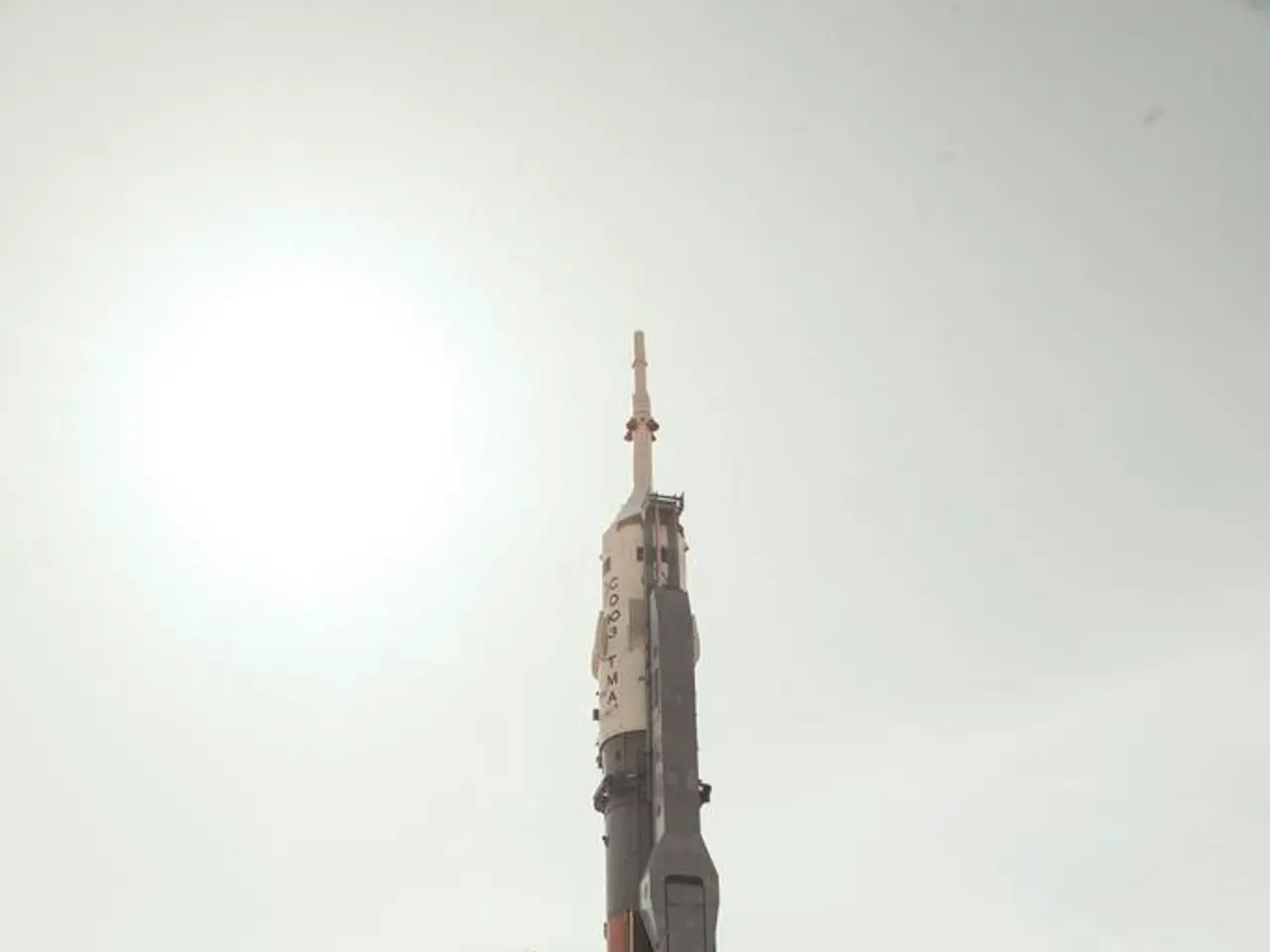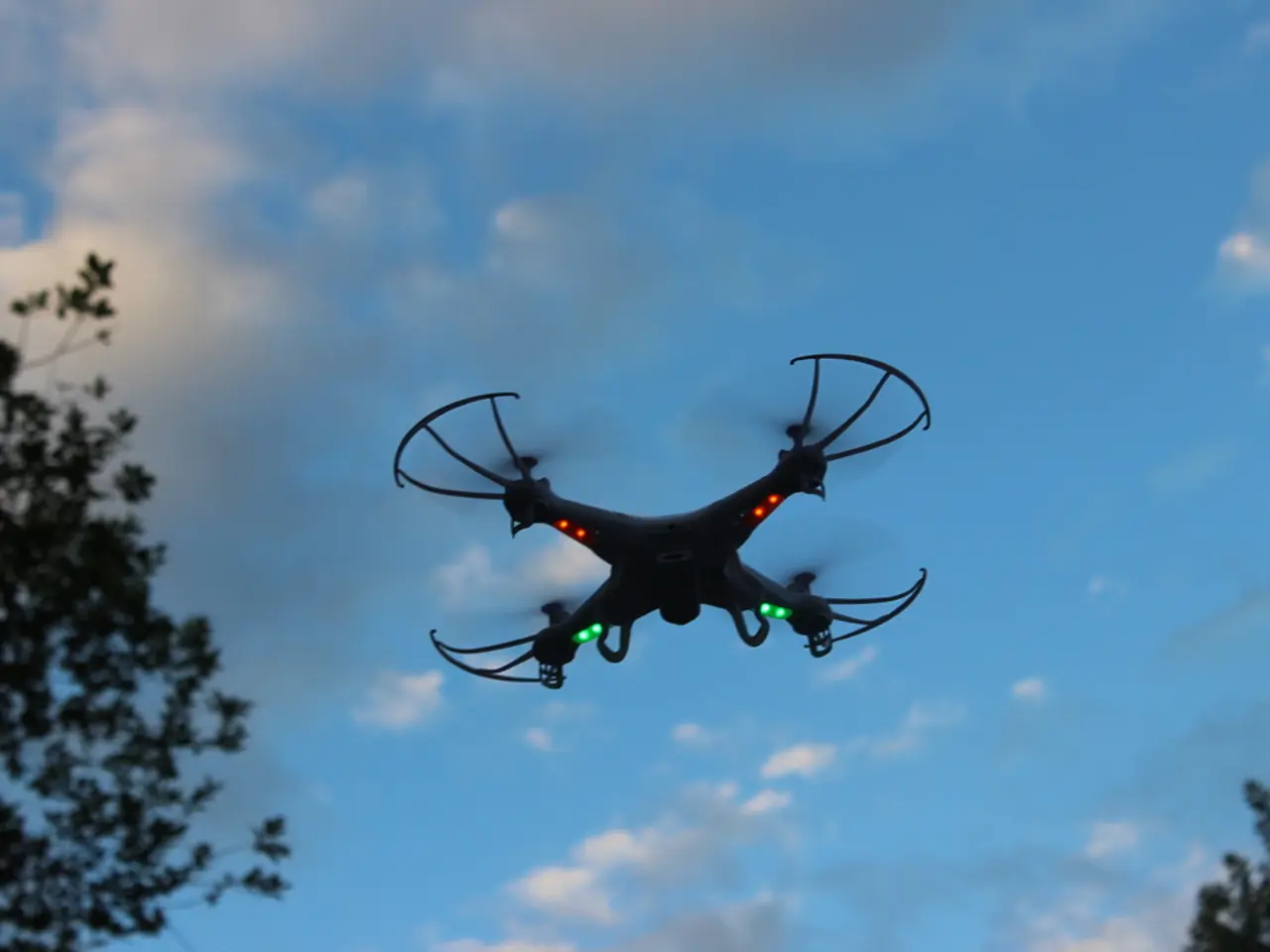In the perilous skies of World War II's most deadly flight corridors, the pilots' foremost dread was not just fighting off enemy forces, but surviving a catastrophic crash – an explanation ensues.
In the midst of World War II, a relatively unknown operation known as the Hump mission took place, serving a crucial role in the supply of China with essential goods. This mission, however, was fraught with extreme dangers and challenges, earning the Allied pilots the nickname "Forgotten Bastards of India."
The Hump operation, based in the China-Burma-India theatre, was a lifeline for the Nationalist Chinese forces resisting Japanese occupation. With the Burma Road cut off, it became the only viable supply route, carrying fuel, munitions, and other supplies from British-controlled India into China.
The pilots faced daunting tasks, including flying at altitudes of 16,000 to 20,000 feet without modern navigation aids like radar or GPS, and often with poor or inaccurate weather forecasts. They encountered severe weather conditions, including lightning storms, gale-force winds, and extreme turbulence, all of which made flying hazardous.
The terrain beneath was equally treacherous, with impenetrable jungles and towering mountain peaks. Pilots feared more than just crashing; bailing out over the jungle was considered more terrifying due to the hostile environment and the difficulty of rescue. Furthermore, there was the constant threat of Japanese attacks, including fighter planes targeting these unarmed cargo flights.
Adding to the peril, the aircraft flown were outdated or lightly armed, increasing mechanical failures and accidents. The flights were so perilous that hundreds of aircraft and crew were lost over the course of the mission.
Despite these dangers, the Hump mission was critically necessary. Roosevelt's geo-political strategic aim was to make China a Western-looking, possibly Christian, definitely democratic ally in the post-war world. However, the ultimate fruitlessness of the Hump's mission was due to the failure of these broader geo-political strategic aims.
Many pilots were given minimal preparation and were often rushed through their courses, with some having never seen mountains before, let alone flown blind across them in unarmed planes with no backup. The long-term failure of the Hump's mission could be a reason for its obscurity, as it was overshadowed by more successful operations.
In the end, the Hump mission stands as a testament to the courage and resilience of the pilots who faced extreme dangers to supply China during World War II. Despite the mission's relative obscurity, its impact on the war effort and the lives of the pilots involved cannot be understated.
The Hump operation, drawing financial support from the Allies, required pilots from various industries, notably aviation, to transport essential supplies, including fuel and munitions, for the Chinese forces resisting the Japanese occupation.
Facing numerous challenges in their transportation of supplies, the aviators endured treacherous terrains, questionable aircraft, and potential attacks from the Japanese, further demonstrating their commitment to their finance-backed mission.







